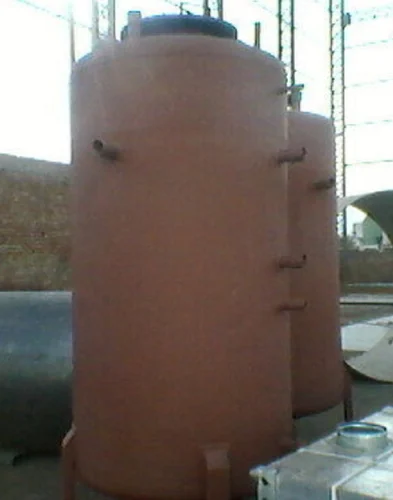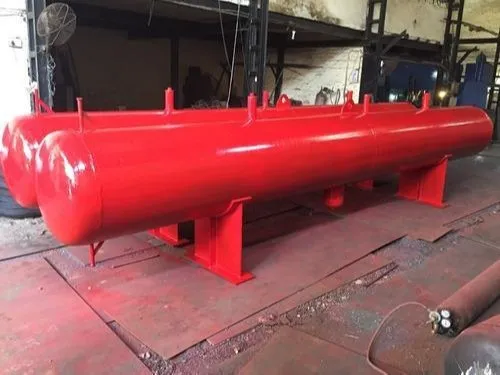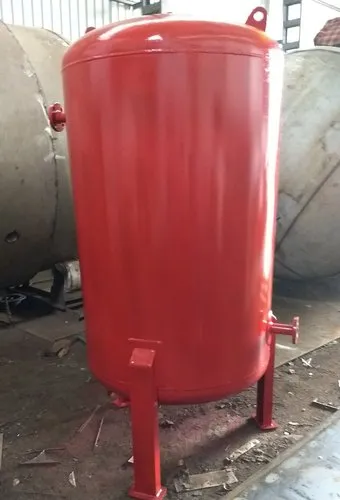Compressed Air, Energy Storage, Mechanical Energy Storage
Air Receiving Tank
₹27,000.0
| Minimum Order Quantity | 1 Unit |
| Storage Capacity | 1000 L |
| Material | SS |
| Tank Orientation | Vertical |
| Pressure Rating | 0-100 psi |
| Brand | Krish Engineering |
| Country of Origin | Made in India |
High Pressure Air receiving Tank
Features:
- Easily affordable
- Long lasting material quality
- Excellent fabrication
- Tough and tensile
- Robust and strong
Request
Callback
Callback
Additional Information:
- Pay Mode Terms: L/C (Letter of Credit),T/T (Bank Transfer),D/P,D/A,Other
- Port of Dispatch: any
- Production Capacity: 20 per month
- Delivery Time: 4 week










Reviews
There are no reviews yet.